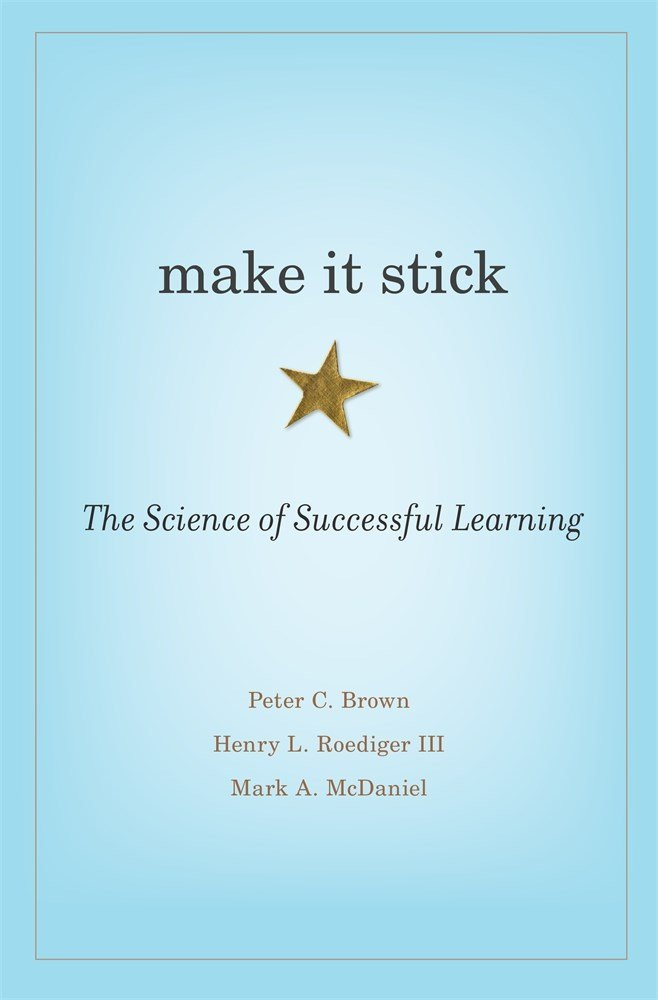Why I integrate tricks into my MTB practice sessions
Getting better at showing off is not only fun. It can make your mountain biking skills practice more effective
A few years ago, I started learning useless but fun MTB skills/maneuvers/tricks. Since I haven't (yet!) learned to hold a wheelie for a block or more—the ultimate bike show-off maneuver, IMHO—I wanted to have some other maneuvers in my show-off quiver that were easier to learn.
I started with one-handed track stands and then gradually added no-handed figure 8s, slow fakies, rolling tuck no-handers, and backward forward pedaling.
Earlier this year, I practiced them all after most of the snow had melted:
When I practice these tricks, I often integrate them into my practice sessions for other skills I'm learning. For example, during a bunny hop skills practice session of 30 minutes, I’ll practice for 10 minutes and then take a break for 5 minutes.
If I’ve captured a video of that 10 minutes, I'll review it during the break.
If not, I’ll often practice these tricks during the 5-minute break because they're fun, challenging enough to keep me focused, and generally not physically demanding.
What’s the science behind this approach?
Here’s the short version from one of my favorite books, Make It Stick: The Science of Successful Learning by Peter C Brown, Mark A. McDaniel, and Henry L. Roediger
“While practicing is vital to learning and memory, studies have shown that practice is far more effective when it’s broken into separate periods of training that are spaced out. The rapid gains produced by massed practice are often evident, but the rapid forgetting that follows is not. Practice that’s spaced out, interleaved with other learning, and varied produces better mastery, longer retention, and more versatility.”
Tricks Safety Tip
Empty parking lots with a smooth surface are best when practicing rolling tuck no-handers, backward/forward pedaling, and no-handed figure 8s.
It's risky to have vehicle traffic or pedestrians around when you don't have both your hands securely on your grips, ready to brake.
A surface with bumps, cracks, rocks or loose pebbles increases the likelihood that you'll crash because:
Your front wheel can flop sharply when doing no-handed figures 8s at slow speeds
Having much of your body weight far forward on the bars for rolling tuck no-handers and backward/forward pedaling increases your likelihood of going OTB.
Doing somewhat risky stunts is part of the fun. But don't be unnecessarily stupid.


